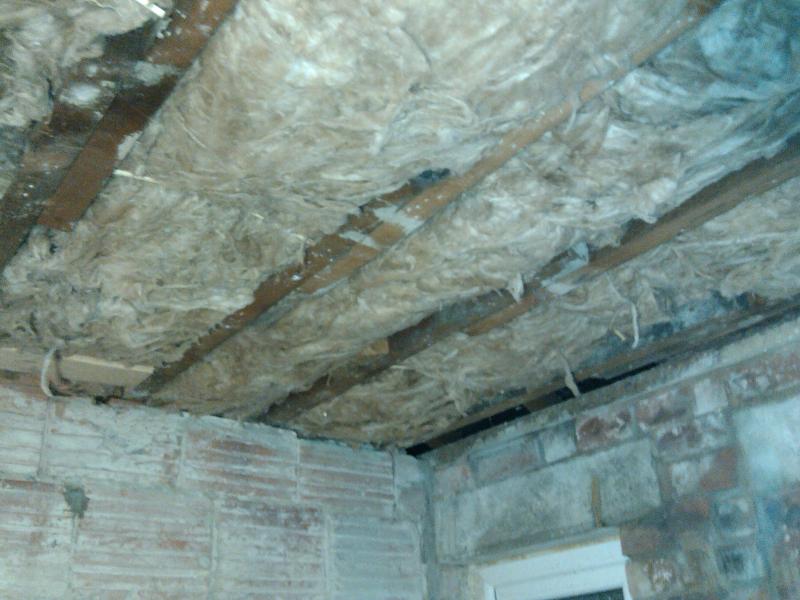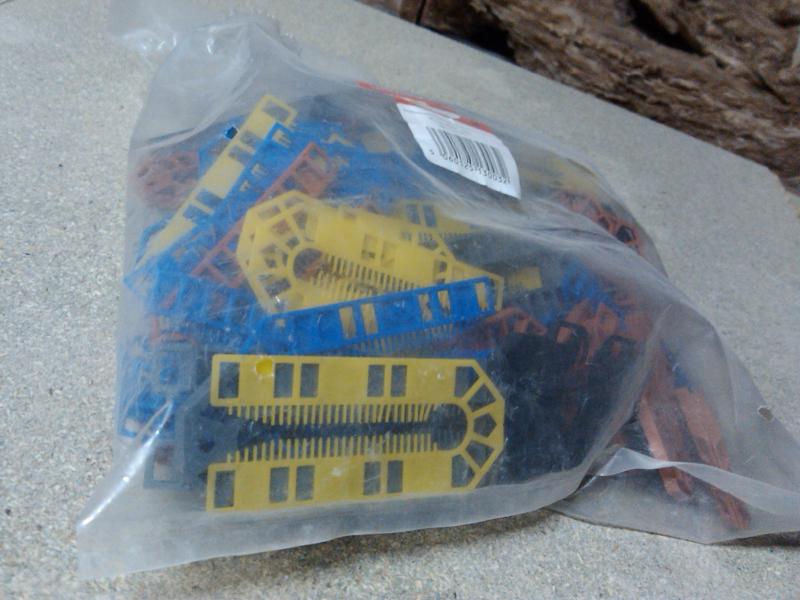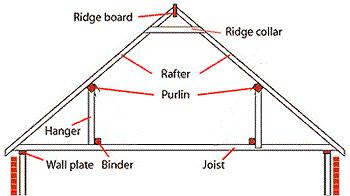Hi,
I want to level our bathroom ceiling before it gets plaster boarded with 12.5mm vapourshield boards.
Here is a picture of it now.
I believe the best way of doing it is screwing cross battens at 90 degrees to the ceiling joists and using some of these (plastic shims) between the joist and the batten to level them up.
Each batten will need to be 2200mm long (the width of our bathroom).
Questions.
1. What’s the best type and size of timber to use?
2. How far apart should each batten be?
Thanks in advance
I want to level our bathroom ceiling before it gets plaster boarded with 12.5mm vapourshield boards.
Here is a picture of it now.
I believe the best way of doing it is screwing cross battens at 90 degrees to the ceiling joists and using some of these (plastic shims) between the joist and the batten to level them up.
Each batten will need to be 2200mm long (the width of our bathroom).
Questions.
1. What’s the best type and size of timber to use?
2. How far apart should each batten be?
Thanks in advance




